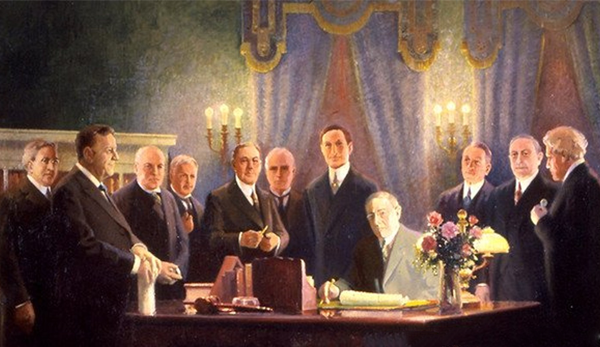Who Owns the Federal Reserve Banks?

On Dec. 23, 1913, President Woodrow Wilson signed the Federal Reserve Act. Over the next year, a selection committee made up of Secretary of the Treasury William McAdoo, Secretary of Agriculture David Houston, and Comptroller of the Currency John Williams decided which U.S. cities would be a place of residence for one of 12 Federal Reserve District Banks.
The Federal Reserve Banks are not a part of the federal government, but they exist because of an act of Congress. Their purpose is to serve the public. So is the Fed private or public?
The answer is both. While the Board of Governors is an independent government agency, the Federal Reserve Banks are set up like private corporations. Member banks hold stock in the Federal Reserve Banks and earn dividends. Holding this stock does not carry with it the control and financial interest given to holders of common stock in for-profit organizations. The stock may not be sold or pledged as collateral for loans.
Member banks also elect six of the nine members of each Reserve Bank’s board of directors.

